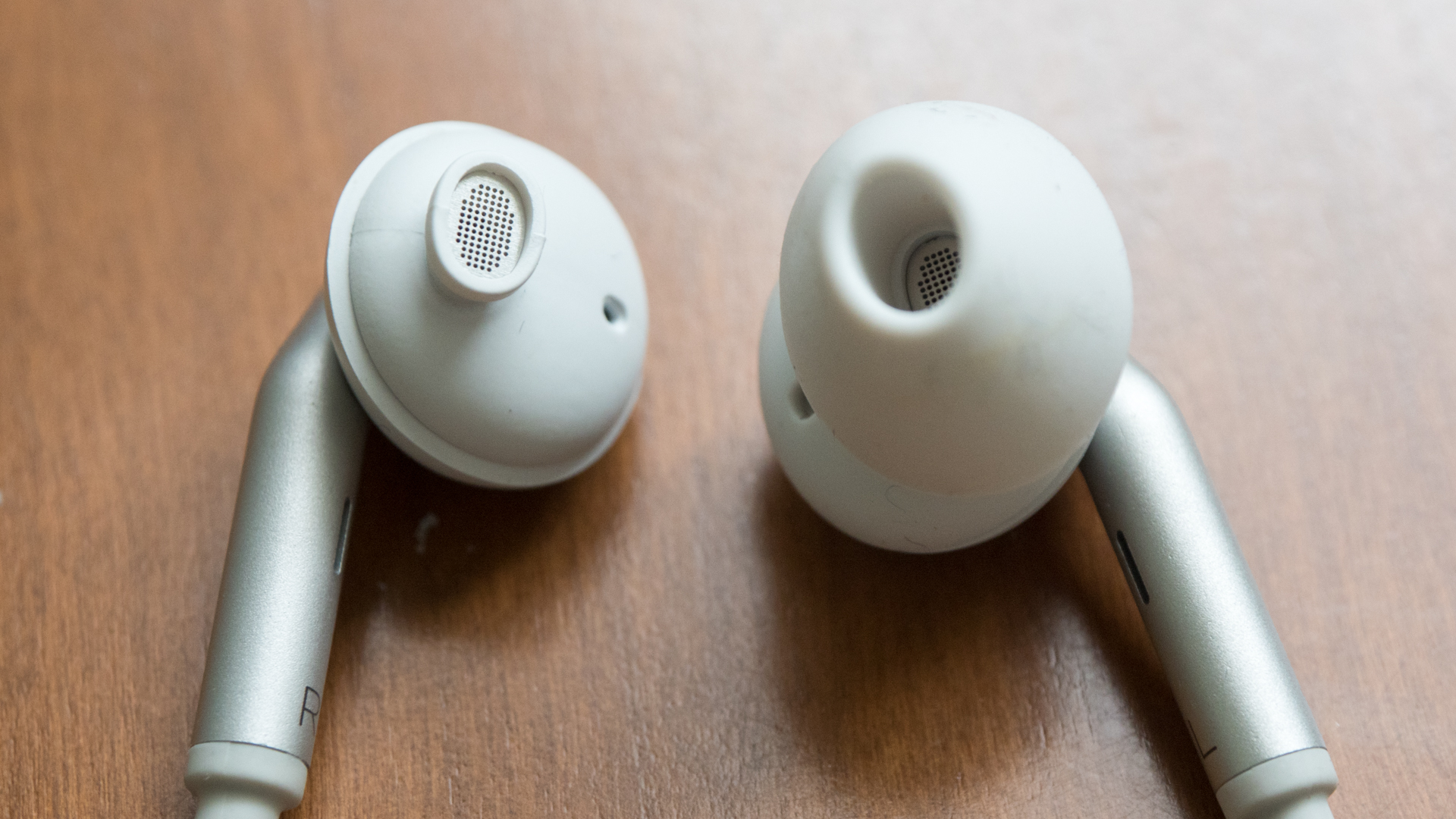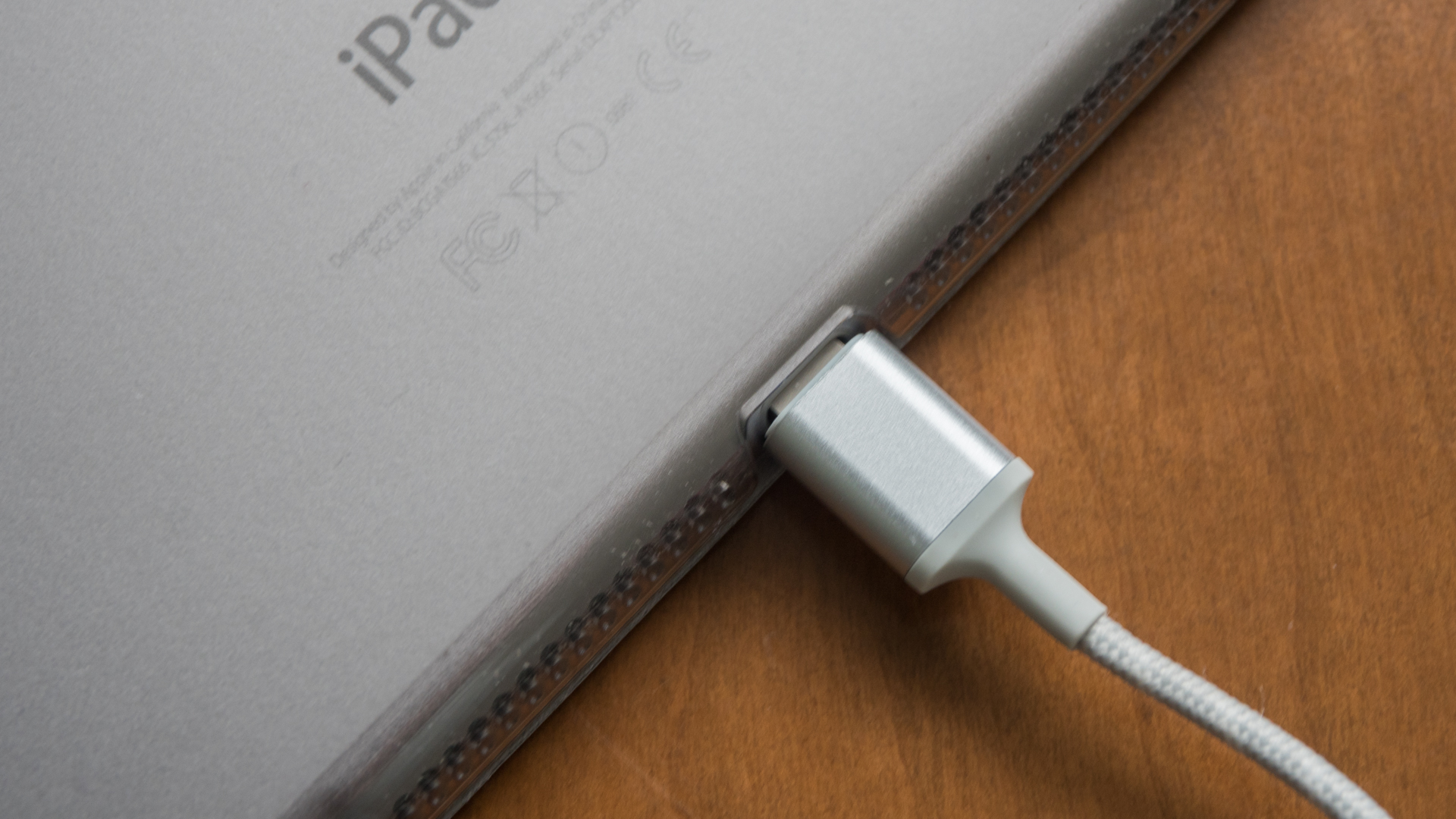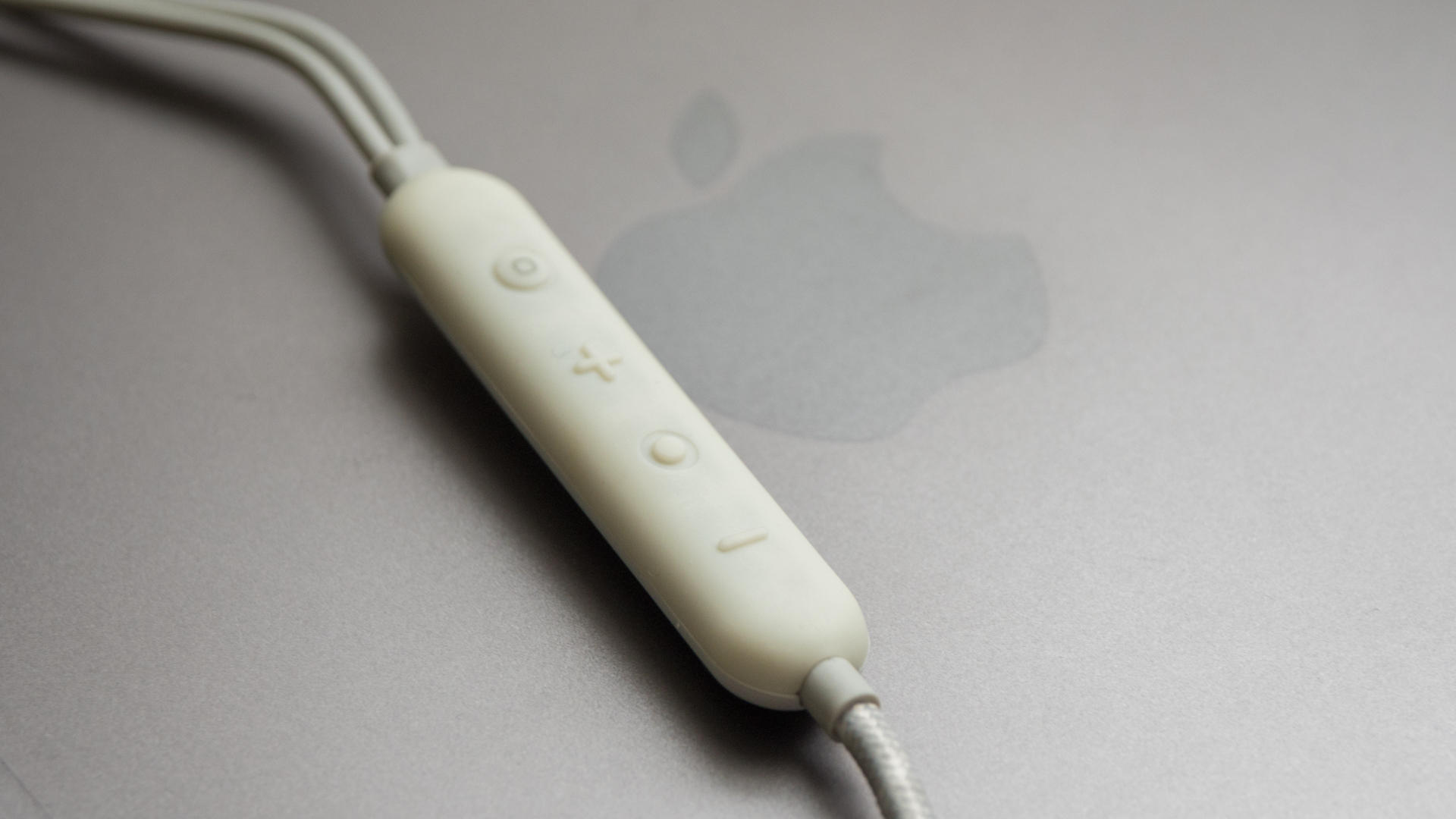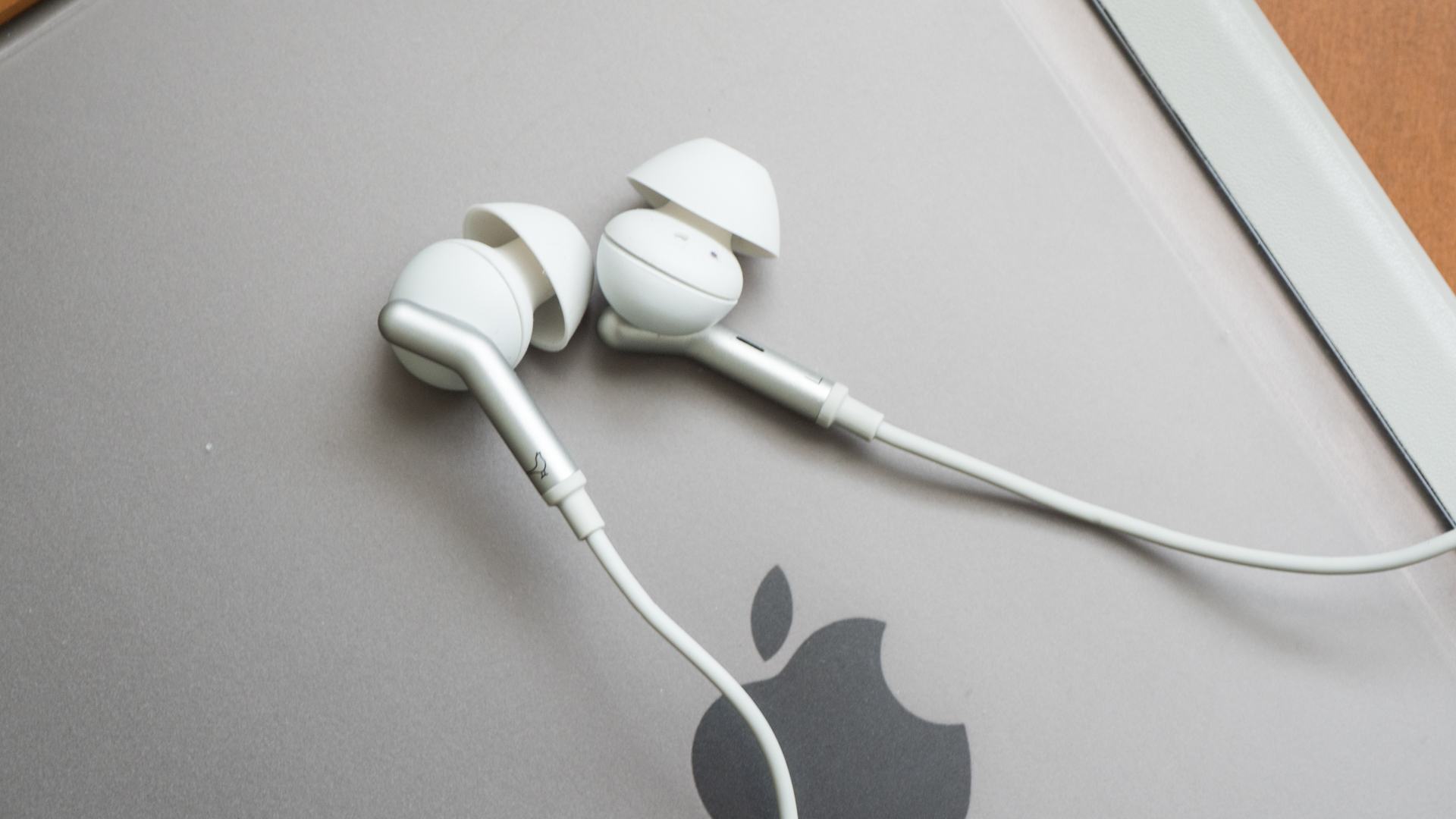TechRadar Verdict
The Libratone Q-Adapt In-Ears offer fun, bass-heavy sound, average noise cancellation and beautiful design. However, buyers need to decide if they can live with the Lightning-only connection.
Pros
- +
Beautiful design
- +
Adjustable noise cancellation
- +
No battery required
Cons
- -
Limited to Lightning devices
- -
Mediocre noise cancellation
- -
Cable noise and hiss
Why you can trust TechRadar
The introduction of the iPhone 7 signaled the slow death of the 3.5mm headphone jack and headphone makers have capitalized on creating wireless and Lightning connected options. The $179 (£139, €149, about AU$235) Libratone Q-Adapt In-Ears fall in the latter category, taking advantage of Apple’s proprietary connector, offering a unique set of earbuds.
While Libratone wasn’t the first to market with Lightning headphones, the company has created a pair of Lightning-powered earbuds that truly take advantage of Apple’s proprietary port.
Since the Q-Adapt In-Ears get power from your iPhone or iPad, it means you never have to charge them, which is rare for noise cancelling headphones.

Like its Q-Adapt On-Ear brother, the In-Ear has a dedicated button that cycles between noise cancellation levels which Libratone calls CityMix. This is a great feature for those who want to enjoy music on the go while still being aware of their surroundings. Users can press and hold the CityMix button to pause their music and hear the outside world so they don’t have to take off the earbuds, which is handy when ordering coffee or for quick conversations with coworkers.
Design
The Q-Adapt In-Ears offer the same minimalistic Scandinavian design all Libratone products share. The Q-Adapt In-Ears look beautiful and come in Elegant Nude, Rose Pink, Stormy Black and Cloudy White, like our review unit. The headphones feature a braided cable that resists tangles and should survive the abuse of your daily commute.

The headphone’s braided cable leads to a rubber-coated four-button remote that lets you adjust volume, noise cancellation levels, skip tracks and activate Siri. The buttons feel a bit squishy but never once failed to register a command.
The earbuds themselves are quite compact and Libratone ships them with three different tip options: small, medium and large. (We found the Q-Adapt In-Ears’ oval tips very comfortable for long listening sessions, but your miles may vary.) Beyond being comfortable to wear, the headphones are light and never feel like they’re about to pop out of our ears while we’re walking around.
Sign up for breaking news, reviews, opinion, top tech deals, and more.

Performance
Performance of Q-Adapt In-Ears’ noise cancellation is mediocre, especially when compared to the Libratone Q-Adapt On-Ears. The In-Ear model just can’t match the On-Ears when it comes to blocking out external noise. We found the noise cancellation of the Q-Adapt In-Ears worked to diminish the drone of an office but struggled to drown out the sound of a plane’s engine.
That being said, those who want better noise cancellation should check out the Libratone Q-Adapt On-Ears instead. If you’re looking for something less complicated, there are also passive noise isolating headphones like the $50 (about £40, AU$65) Shure SE112 that block out noise much better.
Like the Q-Adapt On-Ears, the Q-Adapt In-Ears suffer from noise cancellation hiss at every setting. The hiss diminishes slightly at the most powerful noise cancellation level but is still audible during quiet tracks or lulls in the music. To make matters worse, the Q-Adapt In-Ears suffer from cable noise, which is especially noticeable while walking about.

Sound performance is average with a bloated low end that works well with electronic, pop and rap music but struggles to convey the subtleties of vocalists and classical instruments. Soundstage on the other hand is quite wide for an in-ear headphone but stringent audiophiles are likely best served looking elsewhere. For most users, however, the sound of the Libratone Q-Adapt In-Ears is non-offensive enough to satisfy.
Libratone’s smartphone app lets you select between different equalizer options like neutral, extra bass or enhanced treble. The app doesn’t let you create your own EQ settings, though, which is a bummer because none of the included EQs sound particularly good to our ears.

Final verdict
Overall, the Libratone Q-Adapt In-Ears are an average sounding pair of headphones that are useful for those who want active noise cancellation. While the noise cancellation can’t match competitors or even Libratone’s Q-Adapt On-Ear model, it works well enough to block out some drone of an office while giving users the flexibility to let in some noise from the outside world to stay aware of their surrounds.
The biggest question you have to answer is if you’re OK with having a pair of Lightning-only headphones. While it’s nice to have headphones you don’t have to charge, they also won’t work with anything but the iPhone, iPad or iPod Touch. They won’t even work with Apple’s own laptops, so that’s something to take into consideration. And at $179 (£139, €149, about AU$235), the Libratone Q-Adapt In-Ears aren’t cheap.
If you’re OK with locking yourself into using only iDevices, the Libratone Q-Adapt In-Ears are a good choice. But if you want the flexibility to use headphones with a broader range of devices, and don’t mind switching to a pair of on-ear headphones, you’re better off spending a little more on the Libratone Q-Adapt On-Ear which use a Bluetooth connection.

